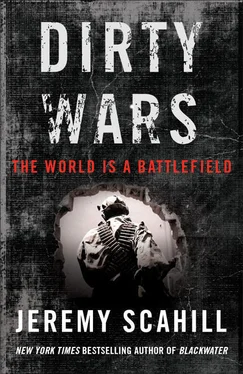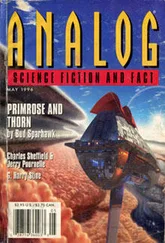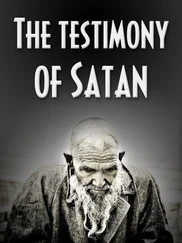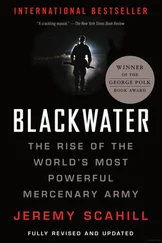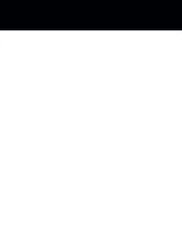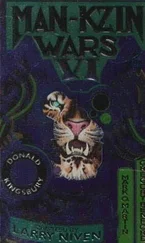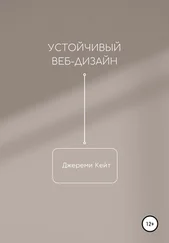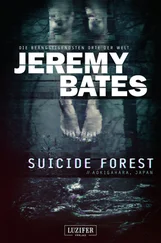
7. Special Plans
WASHINGTON, DC, 2002—By 2002, the fight between the CIA and the Pentagon for supremacy over the global US fight against terrorism was itself beginning to resemble a small war. On April 17, the Washington Post ran a front-page story alleging that US military forces had allowed Osama bin Laden to escape after being injured at Tora Bora in Afghanistan in December 2001, asserting in its lead paragraph that it was the “gravest error in the war against al Qaeda.” Rumsfeld was furious and believed that Cofer Black, then the counterterrorism chief at the CIA, had been the “deep background” source for the story. A month later, Black was “assigned to another position” at a CIA satellite office in Tysons Corner, Virginia. Some charged that it was Rumsfeld who had Black fired. Still, the CIA’s Operations Directorate and the Counterterrorism Center were forging ahead with Cheney’s black ops campaign globally. Black was replaced at the CTC by Jose Rodriguez, who, like his predecessor, was a zealous promoter of “enhanced interrogation techniques” and secret CIA “black sites.” But the Agency’s analytical division was a different animal.
CIA Iraq specialists and the State Department were causing problems for the administration’s drive to war with Iraq. Cheney and his top aide, Scooter Libby, began visiting the Agency to pressure analysts to deliver intel linking Iraq to 9/11 or proving that Iraq had an active WMD program. At the time, the pro-Iraq-war clique was receiving significant push-back from Powell’s State Department and CIA analysts. The intelligence community, on clear orders from President Bush and under tremendous pressure from the vice president’s office, was poring over all intelligence going back to the early 1990s, looking for a connection between Saddam and al Qaeda, Iraq and 9/11. A consensus was building in the intelligence community that no significant links existed, that there was “no credible information” that Iraq was involved with 9/11 “or any other al-Qaida strike” and that rather than a cooperative partnership, according to a CIA brief presented to Congress, Iraq’s relationship with al Qaeda “more closely resemble[d] that of two independent actors trying to exploit each other.” Dissatisfied with this response, Rumsfeld and Cheney began establishing their own, private intelligence apparatus as they plotted out plans for an expansion of JSOC’s direct action capabilities around the globe.
Within weeks of 9/11, Douglas Feith’s office in the Pentagon became home to a secret “parallel, ad hoc intelligence operation” that would serve two purposes: collecting “intelligence” that would bolster the case for a “preemptive” war against Iraq and to provide Rumsfeld, Wolfowitz and Feith with “data they can use to disparage, undermine and contradict the CIA’s own analyses.” When it was revealed, Rumsfeld attempted to downplay the significance of the parallel intelligence operation. “It’s [Feith’s] shop. The people work for him,” Rumsfeld said. “They have been looking at terrorist networks, al Qaeda relationships with terrorist states, and that type of thing.” Wolfowitz told the New York Times that the parallel intelligence team was ‘‘helping us sift through enormous amounts of incredibly valuable data that our many intelligence resources have vacuumed up,” describing “a phenomenon in intelligence work, that people who are pursuing a certain hypothesis will see certain facts that others won’t, and not see other facts that others will.” He added that “the lens through which you’re looking for facts affects what you look for” but insisted that the team was “not making independent intelligence assessments.”
By mid-2002, Feith’s “shop” had grown into the Office of Special Plans, the primary plan being to create a justification for an invasion of Iraq, as would later become clear after the much-hyped WMDs failed to materialize and a somewhat embarrassed mainstream media began to reexamine the run-up to war. Wilkerson charged that Cheney and Rumsfeld, and their aides, insisted on viewing and analyzing raw, uninterpreted intelligence data from the field, believing that “they could do it a lot better than the Agency did,” adding that their “read” of raw intelligence “would always produce a far more frightening threat scenario than would be produced by the Agency,” because, in their view, “the Agency just couldn’t do anything but equivocate.” Wilkerson saw this as a dangerous development. “Any intelligence person of stature would tell you that you don’t give raw intelligence to the laymen, because they don’t know how to read it,” he told me. “That’s how Cheney, Feith and those people patched together a patchwork quilt—which is what it was—of Iraqi violations of the sanctions and Iraq [having a] WMD program and so forth and so on. They just picked out the [intelligence] that supported their own preexisting views and pieced them together.”
In 2002 alone, Cheney personally made approximately ten visits to the CIA. His top aide, Libby, made repeated trips, as did former House speaker Newt Gingrich, at the time a Pentagon “consultant.” William Luti, Feith’s deputy for the Near East and South Asia, would also go to the Agency. Some analysts said they felt pressured to conform their assessments with Cheney and company’s political agenda and that Libby had inundated the CIA with requests for hundreds of documents that the analysts said would have taken a year to produce. Cheney would arrive at Langley and then commandeer a conference room on the seventh floor of CIA headquarters, to which he would summon various analysts and senior CIA officials. Cheney’s staff, in particular, was “hell-bent on connecting Saddam and his regime to al Qaeda,” recalled Jose Rodriguez, who was running the high-value interrogation program and the black sites at the time. The “connections between Iraq and AQ were remarkably thin,” he conceded. “I could have given you a list of a half-dozen countries that had more substantial ties to bin Laden’s organization than did Iraq.”
It was not unheard of for a vice president to visit the CIA, but according to former senior CIA analyst Ray McGovern—who served as the national security briefer for Vice President George H. W. Bush in the 1980s—Cheney’s “multiple visits” were “unprecedented,” adding that Cheney was putting “unrelenting pressure” on analysts to produce the intelligence he wanted. “This is like inviting money changers into the temple. It’s the inner sanctum,” McGovern asserted. “You don’t have policy makers sitting at the table, helping us come up with the correct conclusions, and that is the only explanation as to why Dick Cheney would be making multiple visits out there.”
An investigative report prepared by Senator Carl Levin of the Senate Armed Services Committee concluded that Feith’s office “developed and disseminated an ‘alternative’ assessment of the relationship between Iraq and al Qaeda that went beyond the judgments of intelligence professionals in the IC [Intelligence Community], and which resulted in providing unreliable intelligence information about the Iraq–al Qaeda relationship to policymakers through both direct and indirect means.” Feith edited his reports depending on whom he was briefing. Cheney’s office received all access briefings, but Feith’s presentations to CIA director Tenet omitted PowerPoint slides critical of the Agency. The presentations to Cheney’s staff, according to Levin’s report, “conveyed a perception that the U.S. had firm evidence of a relationship between the Hussein regime and al Qaeda when it did not.” Tenet was unaware that Feith’s office was briefing the president and vice president behind his back and did not find out until a year after Iraq had already been invaded. “The nation’s foremost intelligence experts, and the President’s chief intelligence officer, were deprived of the opportunity…to correct inaccuracies” in Feith’s briefings, Levin’s report asserted. More important, the CIA was “deprived of the opportunity to inform the White House of significant concerns about the reliability of some of the reporting upon which Under Secretary Feith’s White House briefing was based.”
Читать дальше
